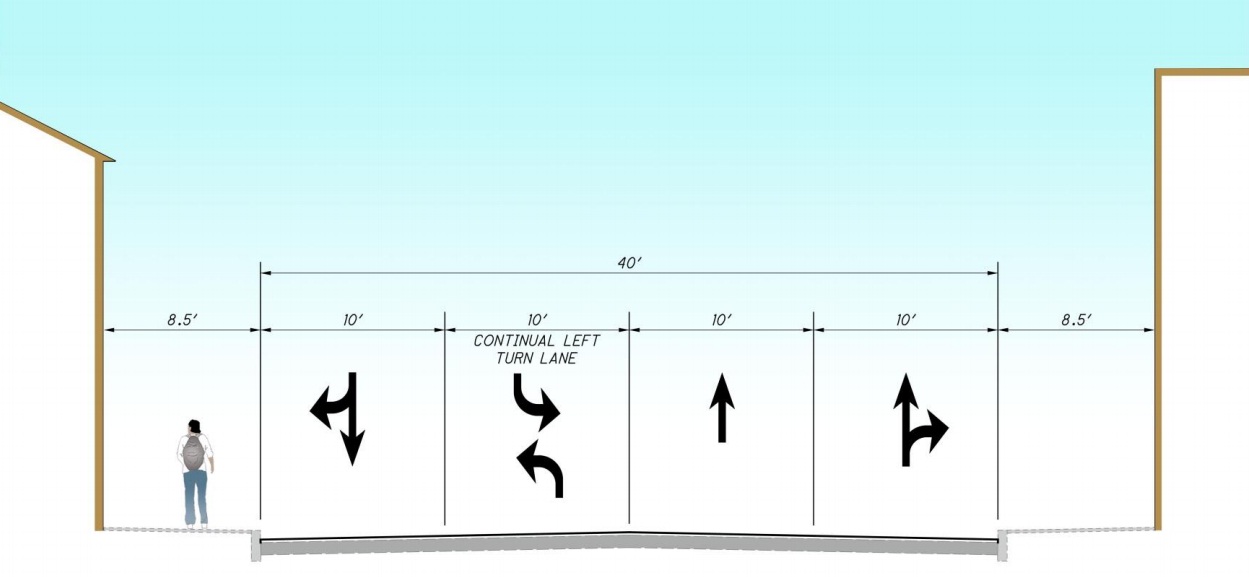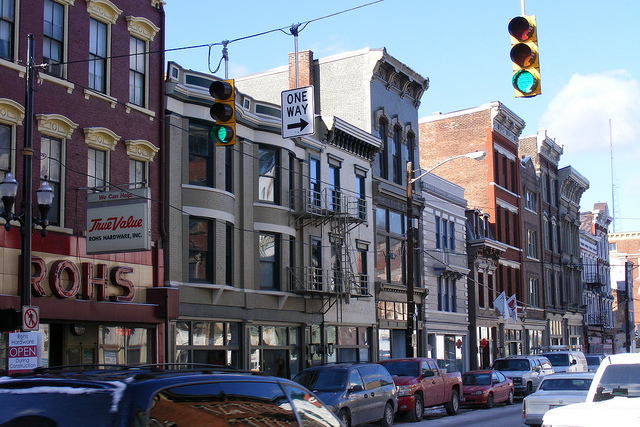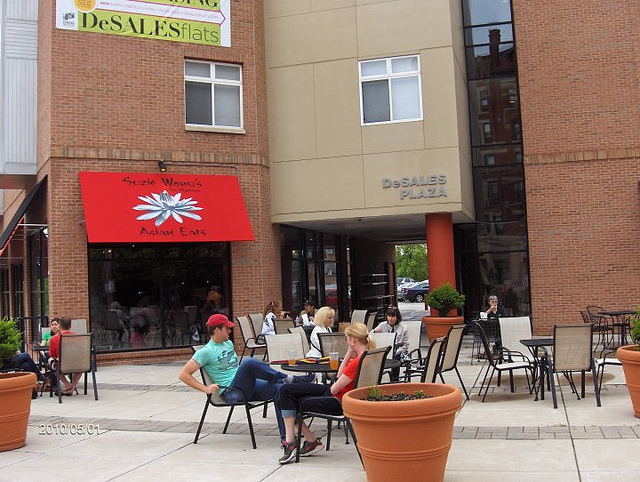One-by-one, Cincinnati’s urban neighborhoods are revitalizing themselves with new residents and businesses. Some of these neighborhoods, however, continue to struggle with sustaining or attracting urban grocery stores that can bring much-needed healthy food choices to their community. Walnut Hills is no different.
Walnut Hills is one of just seven, out of 52, neighborhoods in the City of Cincinnati that boast a full-scale grocery store. The Walnut Hills Kroger, located at 954 E. McMillan Street, has been in discussions with city leaders over recent years about whether it will continue operating that location. But with revitalization work sweeping through the Walnut Hills, neighborhood leaders think this serves as an opportunity.
“We understand that as a business they need to make money, and once we have done our part, and they are a profitable store, then we hope they will begin to make some of the improvements that the neighborhood would like to see,” said Kevin Wright, director of the Walnut Hills Redevelopment Foundation (WHRF) and graduate of the University of Cincinnati’s Masters of Community Planning program.

Organizers say the first Buy 25 Tuesdays event generated $2,700 in new revenue and communicated over 100 food suggestions to store management. Walnut Hills Kroger photograph provided.
Wright says that after speaking with neighborhood residents and stakeholders he found that most had a negative perception of the store. He said that the perceptions are that store has a bad food selection, and that it is unsafe to visit. The goal, he says, is to solve both of those issues through a new bi-weekly event called Buy 25.
The first Buy 25 took place on June 26, and the second was scheduled to take place on July 10, but due to the power outage organizers have postponed the next event until July 24. Those who join the Buy 25 group are encouraged to spend $25 at the store at least the two times a month that the event takes place.
Wright says that through discussions with Kroger, a neighborhood committee found out that $10,000 in additional revenue per month can put the urban grocer into the black. That breaks down to approximately 200 new customers spending $50 a month at the Walnut Hills store.
Neighborhood leaders are hoping to create a social atmosphere outside of the Kroger on Buy 25 Tuesdays by providing music, food samples, coupons, and a chance to give feedback to store management.
“This is about improving the Kroger, but it’s also about coming together as a community for a common cause,” explained Wright. “Walnut Hills is on the verge of some major redevelopment and if our residents feel like they have an ownership in that, the overall redevelopment efforts will be more sustainable.”
According to the WHRF, the first Buy 25 event brought in an additional $2,700 in revenue for the Walnut Hills Kroger. Neighborhood leaders feel like the new event is off to a good start, but are aware of the potential risks should they not be able to meet the $10,000 target over the course of each month.
“Becoming a food desert would have a profound effect on our senior and low-income population,” Wright answered in response to the possibility of the store closing. “It would also have a negative effect on our redevelopment momentum as the Kroger sits almost directly in the center of the neighborhood and its business district.”
Wright says that he fears that while the neighborhood can support grocery store, that if the Kroger were to close it would take at least three to five years to attract a new urban grocer. And having a large vacant structure at the heart of the Walnut Hills neighborhood business district for several years would create additional hurdles to ongoing redevelopment efforts taking place there.
Neighborhood leaders have not yet been told, or warned, that the Kroger may shut down, but Wright emphasized that they are trying to support the store and give it every reason to stay in the community.
Buy 25 Tuesdays take place on the second and fourth Tuesday of every month from 4pm to 8pm. Those who come are encouraged to bring a shopping list so that they can inform store management of items they were not able to purchase there.







